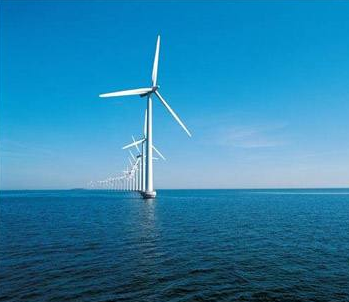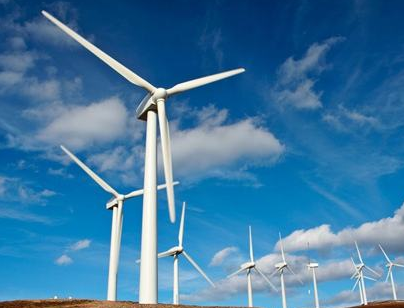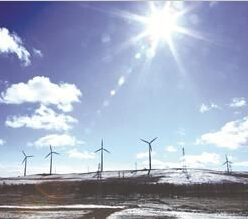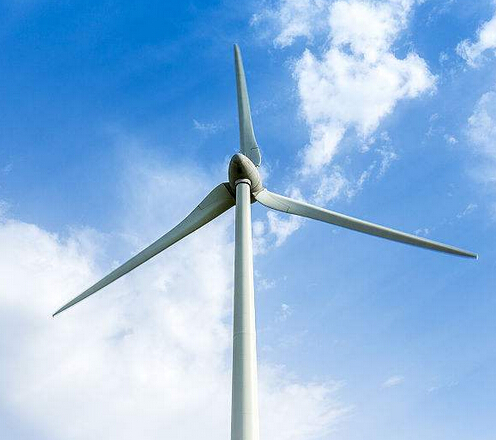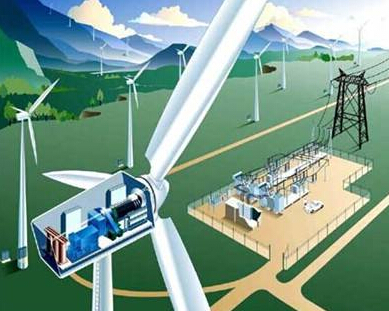There is still room for growth in power demand.
China's electricity demand will continue to grow, and the growth rate will gradually slow down, reaching 10.9~12.1 trillion kWh in 2035 and 12.4~13.9 trillion kWh in 2050. The construction sector is the fastest-growing sector of electrification, and the industrial sector will remain the most important power consumer sector in China for a long time. In 2050, China's per capita electricity consumption will reach about 8800~10000 kWh, which is between the current level of energy-efficient countries such as Japan and Germany and the level of high energy-consuming countries such as the United States and Canada.

Due to the obvious reverse distribution characteristics of China's high-quality resource areas and load centers, and to cope with the inter-regional interconnection and mutual assistance in order to cope with the volatility of high-energy new energy in the future, the capacity of China's trans-regional transmission channels will continue to grow, in 2035 and 2050. It will increase from the current 130 million kilowatts to 400 million and 500 million kilowatts. The northwest and southwest regions are the main destinations, and the East China and Central China regions are the main recipients. The scale of “West to East Power Transmission” and “Nortel Power Transmission to South China” is gradually expanding, especially before 2035. As a basic platform for large-scale and high-efficiency energy resources allocation, the importance of the power grid will become more and more obvious. The national interconnected power grid featuring the UHV backbone network will play a more important role in the new generation of power systems.
















 RCCN WeChat QrCode
RCCN WeChat QrCode Mobile WebSite
Mobile WebSite